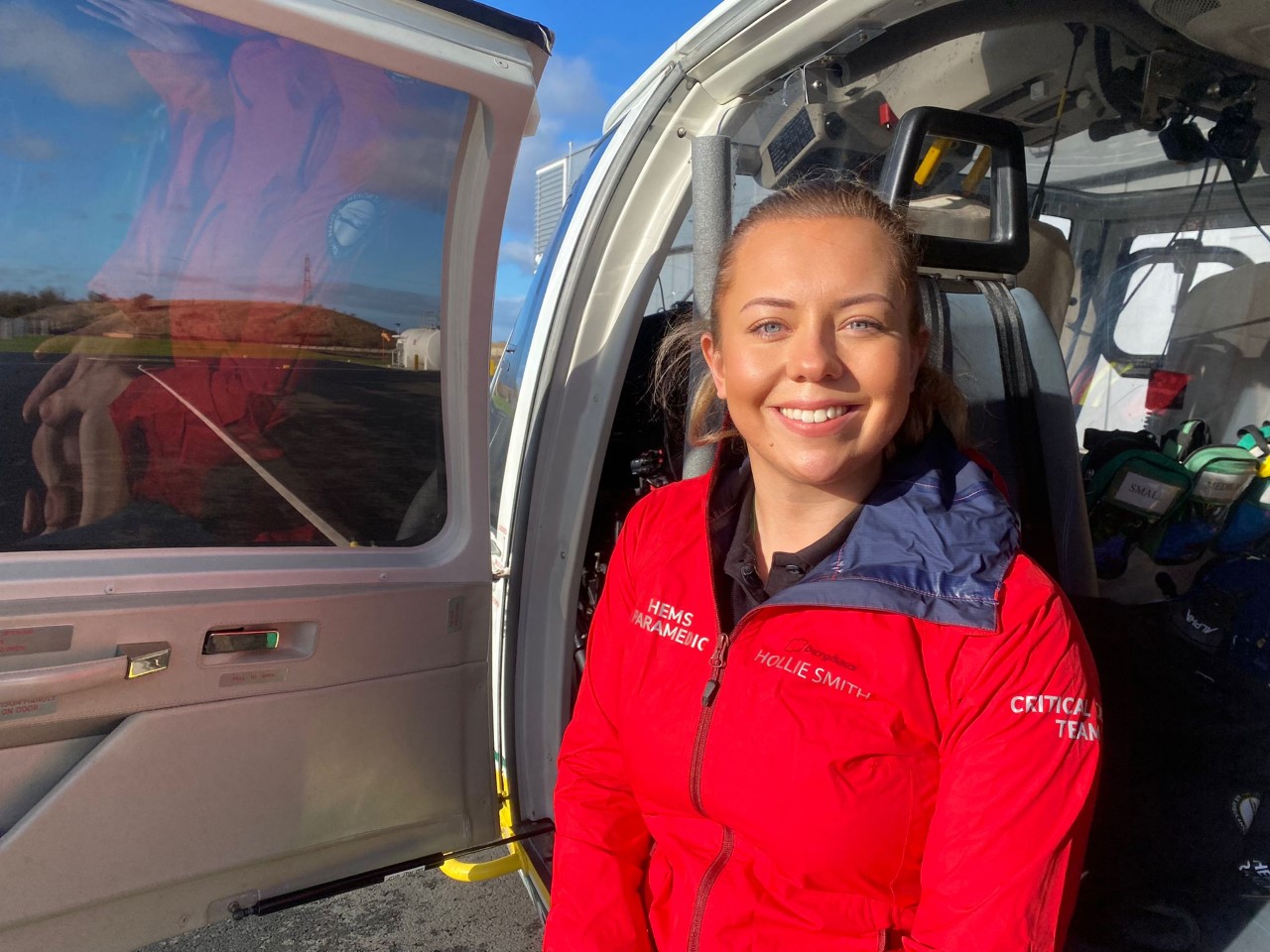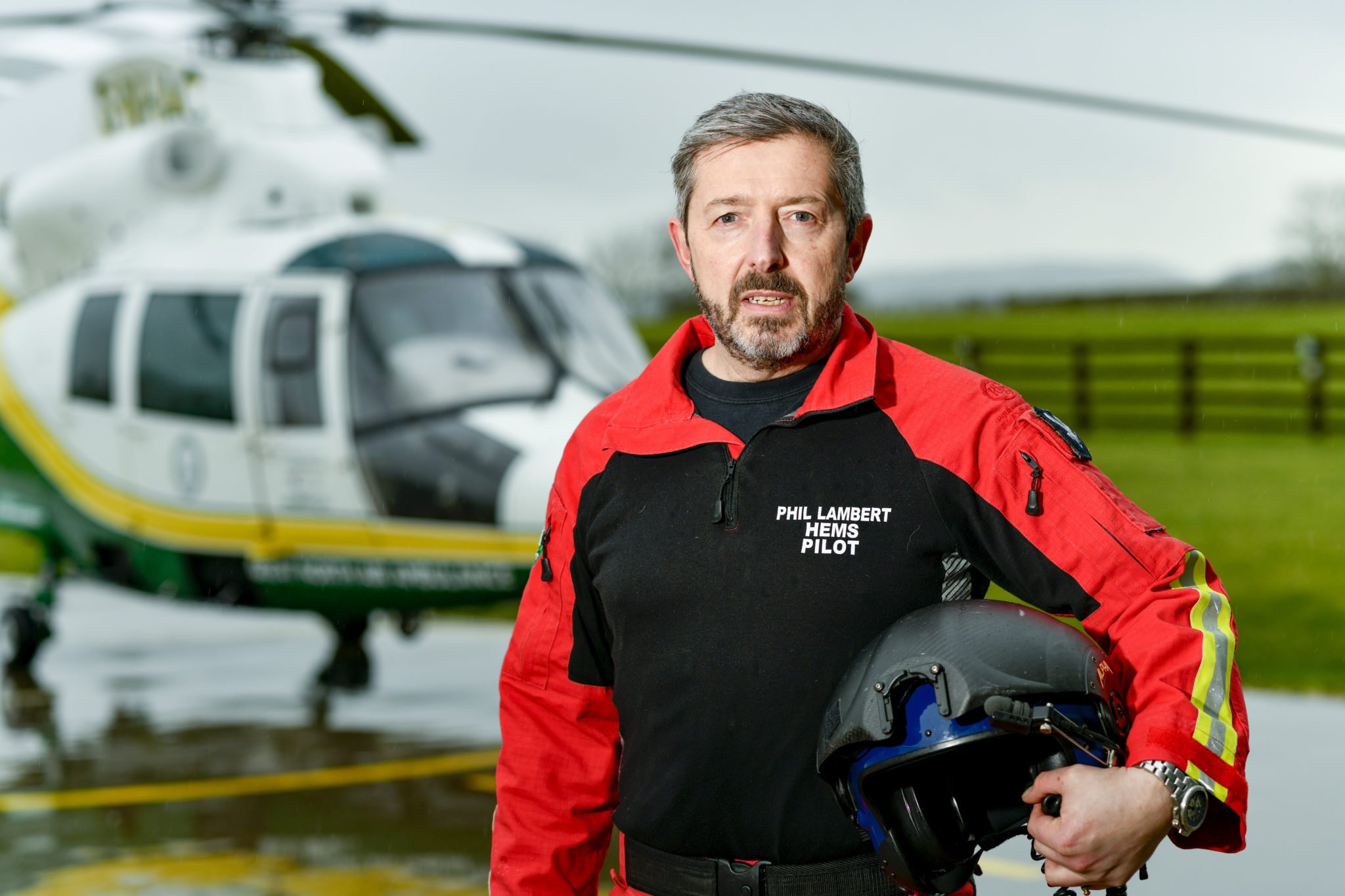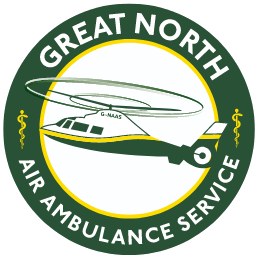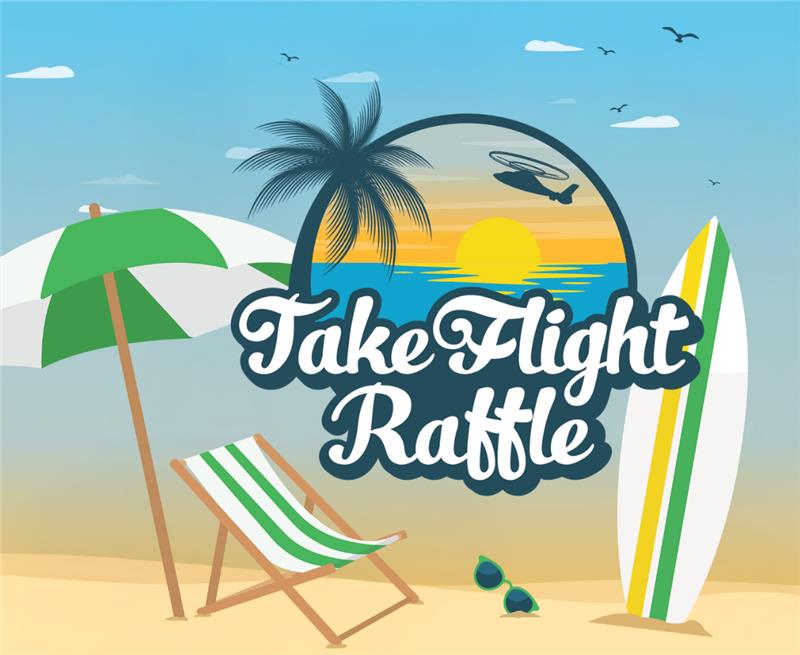The Great North Air Ambulance Service (GNAAS) is urging drone operators to fly safely after a recent incident with a drone during a call-out.
On Tuesday evening last week (14 October), two doctors, a paramedic and a pilot from GNAAS responded to reports of an assault in Spennymoor.
They worked alongside the North East Ambulance Service to assess a patient and as they were about to leave the scene they encountered a drone flying dangerously close to the helicopter.
Hollie Smith, GNAAS paramedic, said: “As we were lifting from an incident in Spennymoor, we were forced to abort the take off and shut down the aircraft due to the presence of a drone.
“One of our doctors left the aircraft to speak with police who were nearby, to get their assistance in moving the drone, however shortly afterwards the drone darted away behind a row of houses.
“Thankfully we weren’t airlifting a patient and by spotting the drone before fully taking off we were able to avoid a potential collision.”


GNAAS’ critical care team has previously been delayed in departing from scene due to drones being flown very close to the helicopter, and in one instance caused a seven-minute delay in lifting to take a critically injured person to hospital.
Phil Lambert, chief pilot at GNAAS, said: “We want drone users to enjoy flying and have fun but please do it safely and legally. While we appreciate that most drone users operate responsibly, we urge everyone to avoid flying a drone near helicopters or other aircraft as they can cause significant damage and put the crew, patients and people on the ground at risk, as well as disrupt time-critical missions.


“We’re asking all drone users to ensure they follow the Civil Aviation Authority’s Drone and Model Aircraft Code and understand the legalities involved in their activities.”
The code includes not flying drones above 400 feet, always keeping your drone in direct sight and not flying drones near airports or airfields.
In addition, drone users can use the app Drone Assist to issue and review NOTAMs (notice to airmen), as well as no-fly zone notifications, ground hazards and the latest map data.
Endangering the safety of an aircraft with a drone is a serious offense with penalties of up to five years in prison, an unlimited fine, or both.
To read more about the Drone and Model Aircraft Code visit the CAA’s website.



